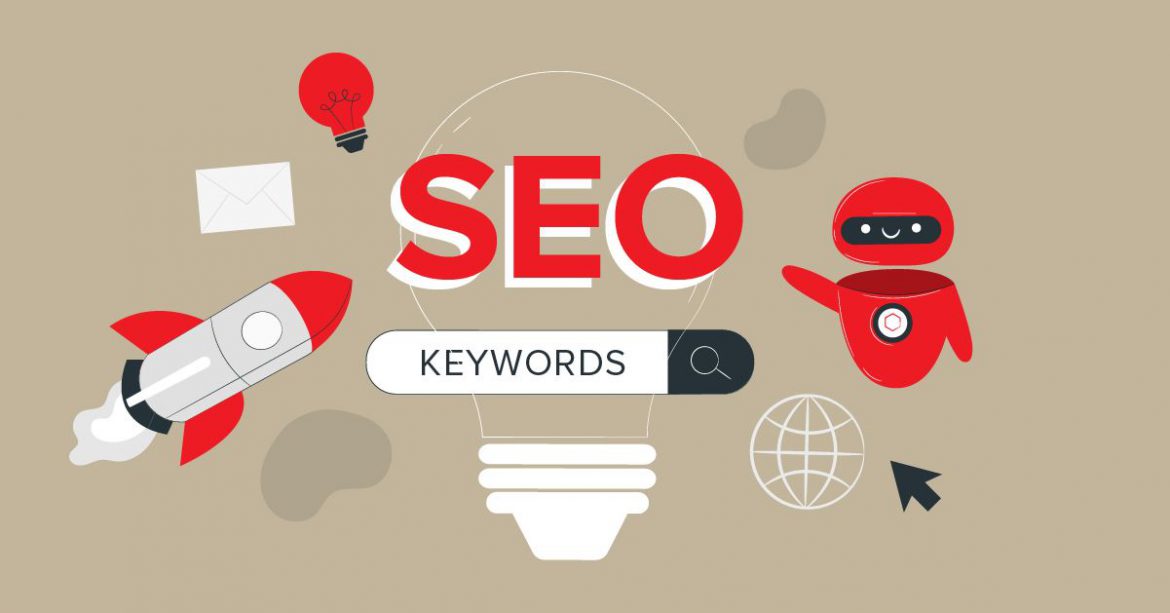Content Readability and Its Effect On SEO
When improving the Search Engine Optimisation (SEO) of your website, it’s all good and well optimizing your content with keywords and meta tags. However, if your content doesn’t read well then chances are that it won’t stay on page one of Google for very long.
5 Reasons Why Marketing Matters More Than Ever
Marketing has always been around with every product and service produced by a company. More importantly, businesses succeed when innovation and marketing work hand in hand. However, while most business leaders welcome innovation in their companies, they tend to neglect marketing. This has not ...
Marketing Strategy for B2B – Influencer Marketing
Influencer marketing has been around for a while, however, has often been seen as a B2C tactic; leading to its slow acceptance in B2B circles. While B2C companies were flourishing through the help of mega-influencers, B2Bs have been skewed towards more traditional ways of marketing. But, this ...
How to Do Keyword Research for SEO: A Beginner’s Guide
Source: HubSpot While Google keeps us on our toes with all the algorithm updates they keep rollin’ out, one thing has stayed pretty consistent for inbound marketers looking to optimize their websites for search: keyword research. Well, the need to do keyword research has stayed the same. ...
The Benefits of Marketing Automation
Executing a marketing strategy can be a tedious and overwhelming process, that is why marketing automation can be a marketer’s best friend! Marketing automation software automates and streamlines marketing activities and is most beneficial in areas such as email marketing, social media, and ...
The Ultimate Guide to Blogging
Blogging, a concept that once used to represent an outlet for individuals to document their lives online has now transformed into an indispensable part of marketing. If your business doesn’t have a blog, chances are there is a huge scope of improvement in your marketing efforts. Blog marketing ...











